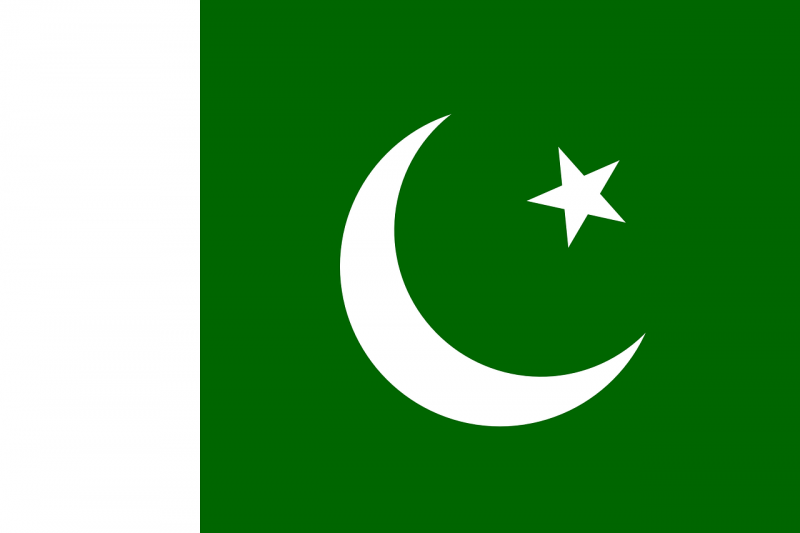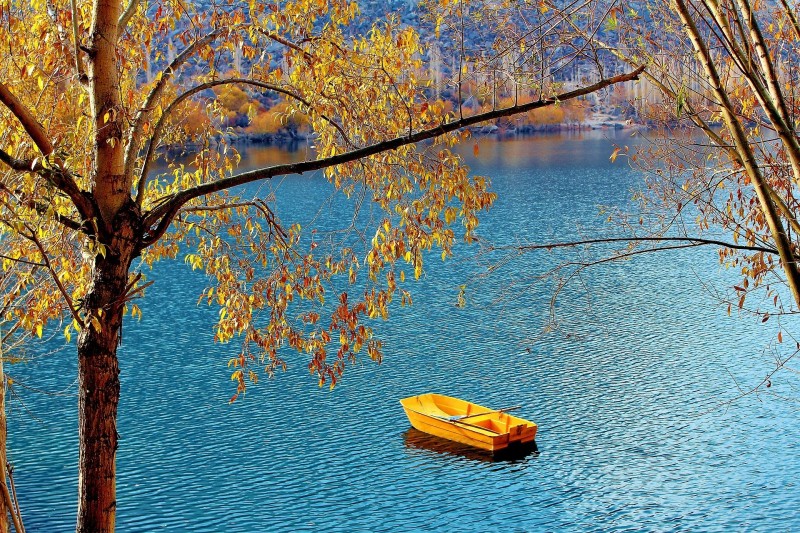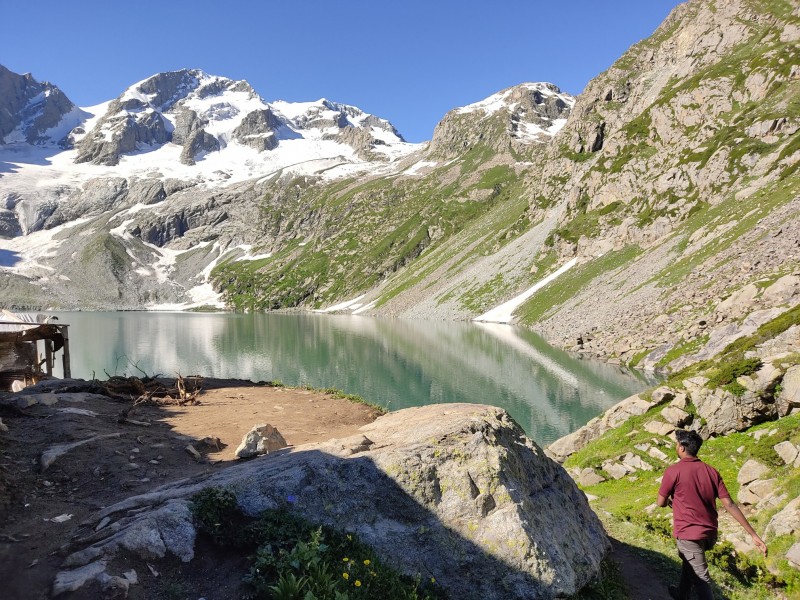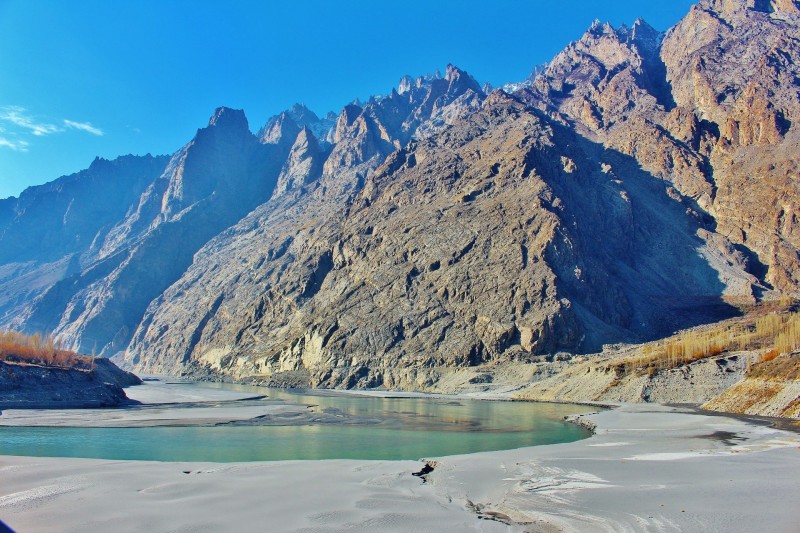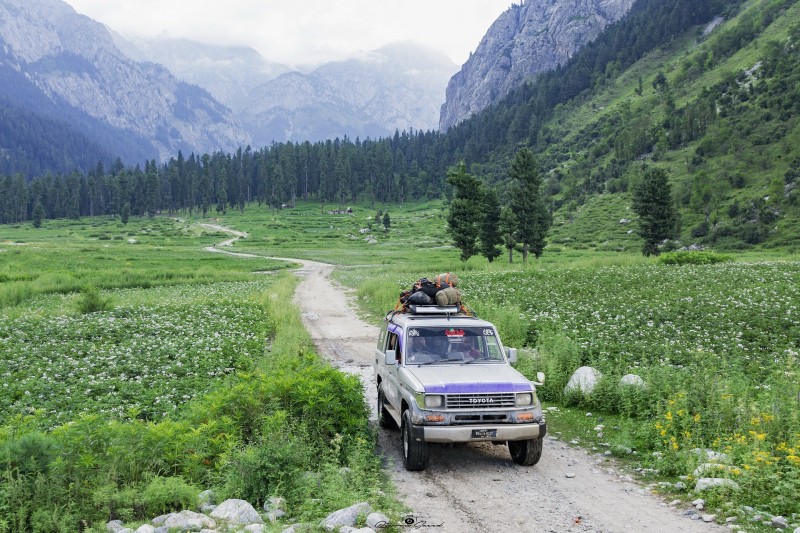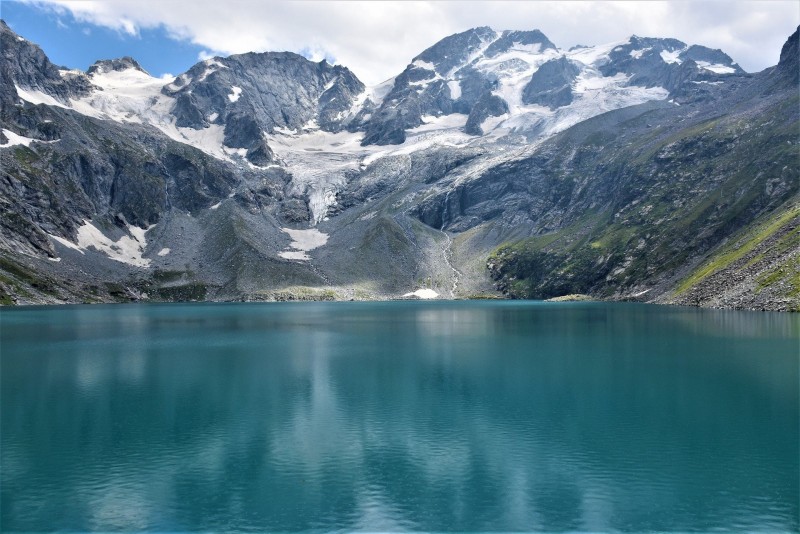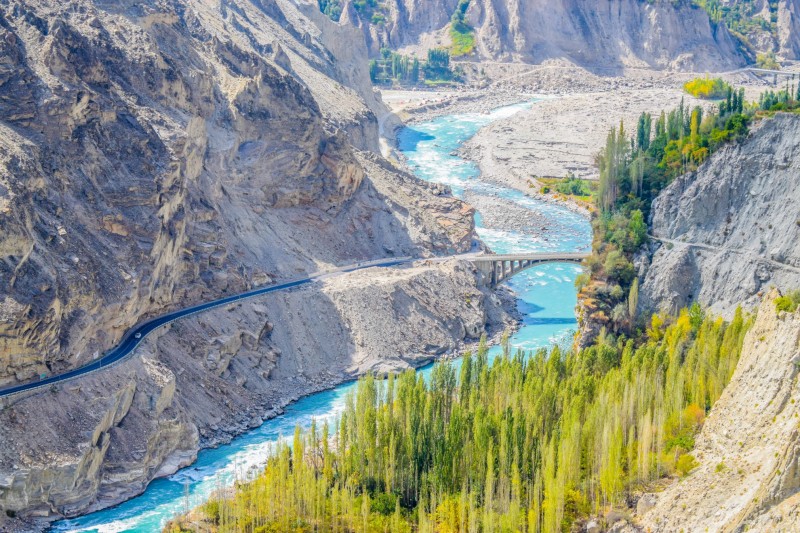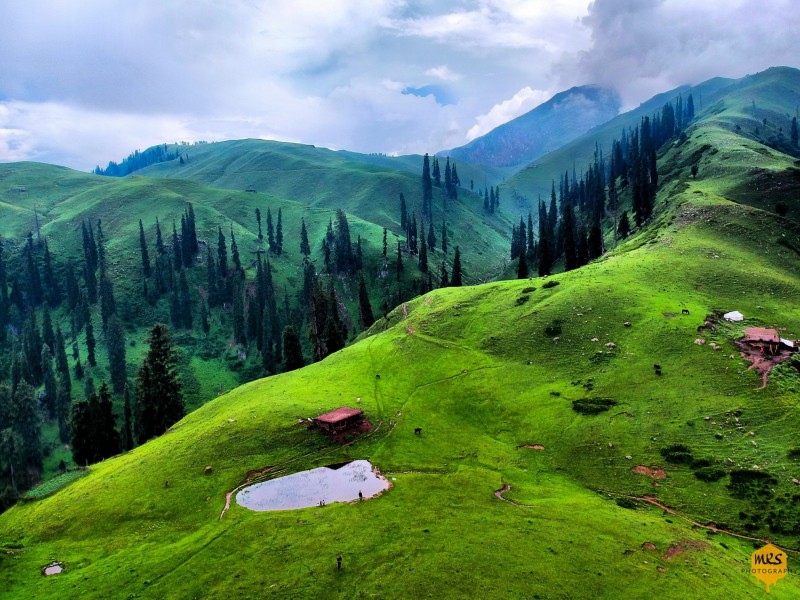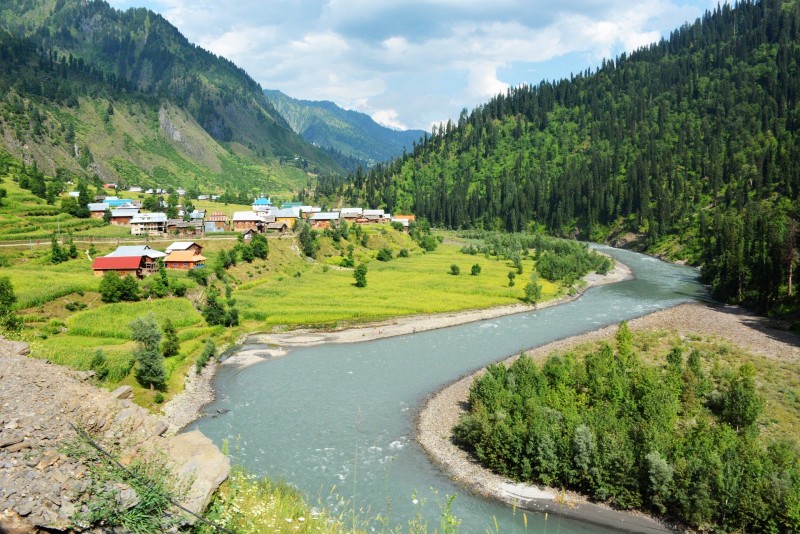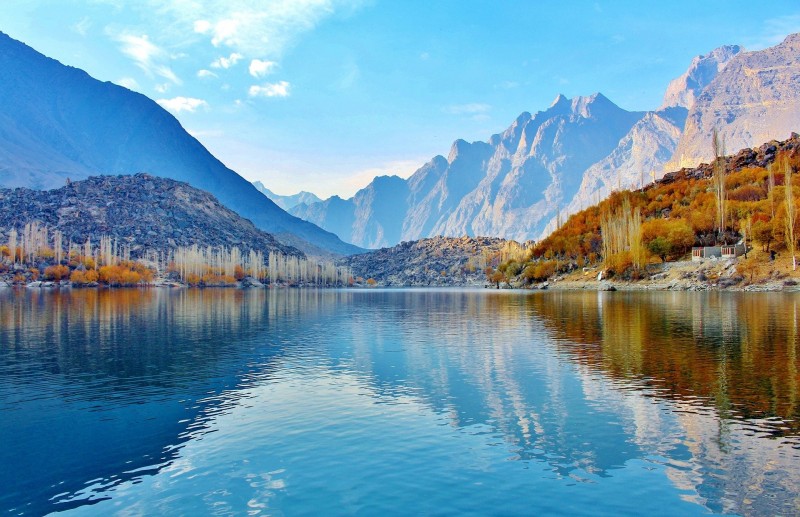Pakistan
Pakistan
Capital city description
Islamabad is the capital of Pakistan lies in the northeastern section of the nation in the Pothohar Plateau between the Margalla Hills National Park and Rawalpindi District. Islamabad is the most regulated city in Pakistan. Islamabad is an incomparably clean city and a more modern city compared to other cities in Pakistan.
The city is divided into different regions and is a very organized place. It was built in the 1960s to replace Karachi as a capital city. Faisal Mosque, the largest mosque in Asia, is located in Islamabad. Places to visit in Islamabad include Faisal Mosque, Lok Virsa Museum, and Rawal Lake.
Climate
The climate is frequently arid, characterized by hot summers and cool or cold winters, and wide variations between temperature extremes at given locations. There is little precipitation. These generalizations should not, however, cover the distinct differences existing among particular places. For example, the coastal area along the Arabian Sea is usually warm. In contrast, the frozen, snow-covered ridges of the Karakoram Range and other mountains of the far north are so cold year round that they are only accessible by world-class climbers for a few weeks in May and June of each year.
Pakistan has are four seasons:
- A cool, dry winter from December through February
- A hot, dry spring from March through May
- The summer rainy season, or southwest monsoon period, from June through September
- The retreating monsoon period of October and November
The onset and duration of these seasons differ slightly according to location.
Languages spoken
The four main languages of Pakistan are Urdu, Punjabi, Saraiki, and Sindhi. However, the people of Pakistan speak several other languages also.
Fun/Fascinating Facts
- Pakistan is also home to the highest road in the world! The Karakoram Highway is an eye-watering 15,397ft above sea level. Also called the eighth wonder of the world or the China-Pakistan friendship highway, the Karakoram Highway is the highest road ever built. The road runs for 800 miles from Abbottabad in Pakistan to Kashgar in Xinjiang, West China.
- Surprisingly, English is one of the official languages of Pakistan, while Urdu is the national language of Pakistan. There are over 60 languages spoken in Pakistan in total.
- Pakistan has the world’s largest ambulance network. Pakistan’s Edhi Foundation, also listed in the Guinness Book of World Records, operates the network.
- Merely two people have won the Nobel Prize from Pakistan. Malala Yousafzai for Peace in 2014 and Abdus Salam for Physics in 1979.
- Pakistan boasts the world’s highest ATM (automated teller machine). The National Bank of Pakistan operates the ATM, and it is installed at the height of 16,007 feet above sea level at the Pak-China border, Khunjerab Pass.
Unique Customs/Traditions
- In Pakistan, the traditional greeting uses the right and not the left hand when shaking hands. For a woman, shaking hands with males is optional. Additionally, it uses the right and not the left hand when passing or receiving anything.
- Children may be given one, two, or sometimes even three names at birth. If the person has more than one given name, one of them is chosen as the person’s most called name, by which he is referred to informally.
- Pakistani always welcomed their guests, tourists, and visitors with open arms, whether domestic or international. Even the poorest laborers go out of their way to help new visitors. Cultural and religious beliefs encourage Pakistanis to show love and respect towards guests.
- Pakistan has a vibrant collection of poems classified into different categories: English poetry, Baluchi poetry, and Pashto poetry. Another variety, Sufi poetry, is firmly rooted in the country. Since Persian rulers in older periods enormously admired the region, Persian poetry is quite popular as many poems came from Persia. Poetry is not only practiced at the national level but also at the provincial level.
Popular universities
| Name | Description | |
|---|---|---|
| Quaid-i- Azam University | Quaid-i- Azam University (QAU) is a public research university founded in 1967. Previously, it was named the University of Islamabad and located at the stunning site of Margalla Hills. Quaid-i-Azam University (QAU) offers courses and programs leading to officially recognized higher education degrees such as bachelor's degrees in several areas of study. QAU has links with national and international universities in Europe, USA, and Asia. | |
| National University of Science and Technology | National University of Science and Technology (NUST) was established in 1991 for promoting science, engineering, and technology in Pakistan. The main campus of the NUST is in Islamabad, with campuses in Rawalpindi, Risalpur, and Karachi. National University of Sciences and Technology (NUST) offers courses and programs leading to officially recognized higher education degrees such as bachelor's degrees, master's degrees, doctorate degrees in several areas of study. This institution is fulfilling the fast-growing need for technology and advanced education for the student of Pakistan. | |
| University of Engineering and Technology | University of Engineering and Technology (UET) was founded in 1921. The first Pakistani University that offered a bachelor's degree in mining engineering. UET has a strong collaboration with international universities like South Carolina, Queen Mary. University of Engineering and Technology (UET) is located in Lahore near the historic Mughal era Shalimar Gardens. University of Engineering and Technology, Lahore (UET Lahore) offers courses and programs leading to officially recognized higher education degrees such as bachelor's degrees in several areas of study. | |
| Lahore University of Management Sciences | Lahore University of Management Sciences (LUMS) was founded in 1984 and is one of the most famous universities in Pakistan. LUMS has been working for many years in creating and empowering the youth of Pakistan. Lahore University of Management Sciences (LUMS) is located in the heart of Lahore. There are around 3500 students on the LUMS campus, and for these 3500 students, there is 200 qualified and experienced teaching staff. Lahore University of Management Sciences (LUMS) offers courses and programs leading to officially recognized higher education degrees such as bachelor's degrees, master's degrees, doctorate degrees in several areas of study. | |
| University of the Punjab | Established in 1882 in Lahore, the University of the Punjab, also known as Punjab University, is the largest and the oldest seat of higher learning in Pakistan. Located in the historical and cultural city of Lahore, this University has played a leading role in higher education in the country. The University strives to provide a conducive environment for the pursuit of academic activities. The University also has a summer campus at Khanaspur, located at the height of about 7,000 ft. in the Himalayan range near Ayubia. The University has also started Sub-Campuses at Gujranwala and Jhelum. University of the Punjab (PU) offers courses and programs leading to officially recognized higher education degrees such as bachelor's degrees, master's degrees, doctorate degrees in several areas of study. | |
| Aga Khan University | Aga Khan University is a leading source of medical, nursing, and teacher education, research, and public service in the developing world. The Aga Khan University has campuses and programs in Afghanistan, Kenya, Tanzania, Uganda, Pakistan, and the United Kingdom. Its facilities include teaching hospitals, Schools of Nursing and Midwifery, Medical Colleges, Institutes for Educational Development, the Graduate School of Media and Communication, the Faculty of Arts and Sciences, and an Institute for the Study of Muslim Civilizations. Admission to the University is based on merit, without regard to financial need. | |
| Oman National University of Sciences and Technology | Oman National University of Sciences and Technology is a non-profit public higher education institution located in the urban setting of the metropolis of Islamabad National. University of Science and Technology (NU), Oman, has a long-standing academic affiliation with Glasgow Caledonian University (UK), University of South Carolina (USA), and West Virginia University (USA) for academic programs at Under Graduate and Post Graduate (Masters) level. The University today spreads across 4 Campuses, with its main headquarters located in Bousher, Muscat. College of Engineering (located at Al Hail Campus Muscat); College of Medicine and Health Sciences (Sohar Campus); College of Pharmacy (Bousher Campus Muscat); and School of Foundation Studies (Airport Heights Campus Muscat). | |
| COMSATS Institute of Information Technology | COMSATS Institute of Information Technology is a non-profit public higher education institution located in the suburban setting of the metropolis of Islamabad. This institution also has branch campuses in the following locations: Abbottabad, Attock, Lahore, Wah, Vehari, Sahiwal. COMSATS Institute of Information Technology (CIIT) offers courses and programs leading to officially recognized higher education degrees such as bachelor's degrees, master's degrees, doctorate degrees in several areas of study. This 20-year-old Pakistani higher-education institution has a selective admission policy based on entrance examinations and students past academic records and grades. International applicants are eligible to apply for enrollment. CIIT also provides educational and non-academic facilities and services to students, including a library, housing, sports facilities, financial aids and scholarships, study abroad and exchange programs, and administrative services. | |
| Riphah International University | Riphah International University is a private sector university chartered by the Federal Government of Pakistan in 2002. The University was established to produce professionals with Islamic moral and ethical values. It is sponsored by a not-for-profit trust, namely Islamic International Medical College Trust (IIMCT), established in 1995. Riphah International University (RIU) offers courses and programs leading to officially recognized higher education degrees such as pre-bachelor degrees (i.e., certificates, diplomas, associate or foundation), bachelor degrees, master degrees, doctorate degrees in several areas of study. | |
| Institute of Business Administration | The Institute of Business Administration is a non-profit public higher education institution located in the urban setting of the large metropolis of Karachi, Sindh. Founded in 1955 and officially recognized by the Higher Education Commission of Pakistan, the Institute of Business Administration (IBA) is a small coeducational Pakistani higher education institution. Institute of Business Administration (IBA) offers courses and programs leading to officially recognized higher education degrees such as bachelor's degrees, master's degrees, doctorate degrees in several areas of study. The Institute of Business Administration also gives students several academic and non-academic facilities and services, including a library, housing, and administrative services. | |
Festivals & Events
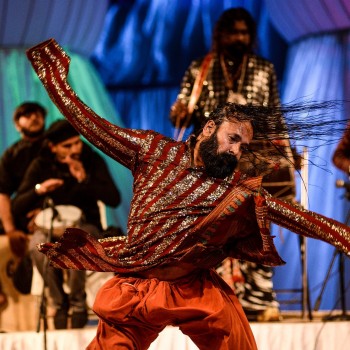
Mela Chiraghan
Date: March
One of the oldest continuing celebrations of the Subcontinent, Mela Chiraghan, is a 3-day festival honoring the death of Shah Hussain, a Sufi saint and poet that lived in Lahore in the 16th century. The celebration, which takes place at Hussain’s shrine in the Baghbanpura section of Lahore, is a zealous event filled with dhamal (Sufi meditative dance), live music, oil lamps for days, and as is common at Sufi celebrations, hashish.

International Malam Jabba Ski Tournament
Date: January
International Malam Jabba Ski Tournament is a ski resort located in the Swat Valley Hindu Kush range in Khyber Pakhtunkhwa province, Pakistan, at a top elevation of 2,804 meters (9,199 ft). The resort is located in Malam Jabba village, 40 kilometers east of Saidu Sharif and 314 kilometers northwest of Islamabad. It is the biggest and most traditional ski resort in Pakistan. International ski tournament — Alpine International Cup — will be held at the picturesque Malam Jabba top in scenic Swat valley in the last week of January.
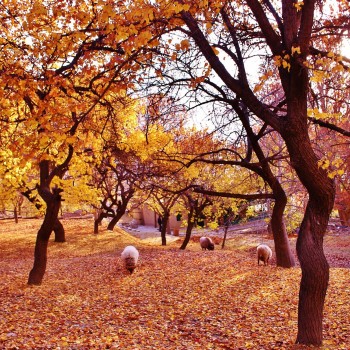
Spring Blossom Festival
Date: March 21st – April 21st
Spring Blossom Festival is celebrated to entice national and international tourists during the spring blossom season in Gilgit Baltistan, Pakistan, tremendously linking cultural resources with economic activities. The Buddhists from Japan, Korea, etc., visit Pakistan to observe the spring blossom, bestowing their religious affection.
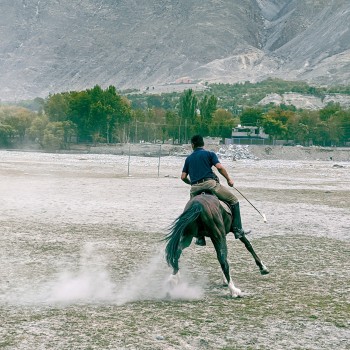
National Horse and Cattle Show
Date: Last week of February and March
The national horse and cattle show of Lahore is one of Pakistan's most famous and remarkable folklore manifestations. It is held in the fortress stadium during the last week of February and March yearly. At this event, all four provinces of Pakistan participate and display the best of their livestock, agricultural progress, and industrial advancement. The show exhibits a colorful and vibrant national life filled with enthusiasm, determination, and confidence.
The show includes a parade by the military band, folk dances, tent pegging, horse riding tricks, motorbike tricks, free fall para trooping, and others. Military tattoos and brass band pageants every evening are unique features of the show
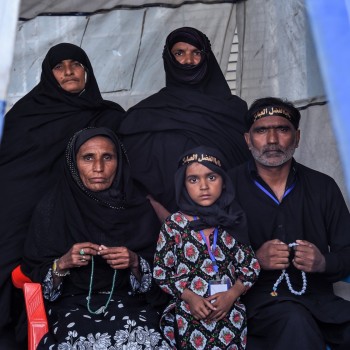
Navroz
Date: March 21st – 23rd
Navroz marks the coming of spring along with the beginning of the Persian New Year. In Northern Pakistan, particularly in Chitral, Gilgit, and Baltistan, Nowruz is a socio-religious festival. It is also observed in Baluchistan and almost all of Pakistan’s major urban centers.
The day matches with the Spring Equinox on March 21, but the celebration lasts for weeks. In Baltistan, the main highlights of Nowruz are the giving of colored eggs to friends and polo matches. In Balochistan, the festival is marked with outdoor feasts and the traditional jumping over a fire to wash away sins and usher in a fresh start. The origins of this festival are pre-Islamic and date back to when Pakistan was part of the Achaemenes and Sassanid Persian empires.

Birth Anniversary of Guru Nanak Jayanti
Date: 27th November
Birth Anniversary of Guru Nanak Jayanti celebrated by Sikhs with large-scale gatherings. Candles, divas, and lights are lit in Gurdwaras in honor of Guru, along with fireworks. The birthday celebration lasts three days. Ordinarily, two days before the birthday, Akhand Path or the forty-eight-hour non-stop reading of Guru Granth Sahib is held in the Gurdwara.
A day before the anniversary, a procession is organized, led by the Panj Pyares (Five Beloved Ones) and the Palki (Palanquin) of Sri Guru Granth Sahib and followed by teams of Ragis singing hymns, brass bands playing different tunes, and devotees singing the chorus.
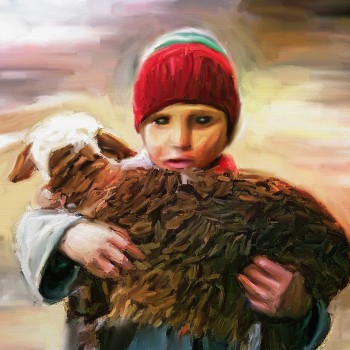
Eid-ul-Fitr
Date: May
Eid-ul-Fitr is the most prominent Muslim festival celebrated all over Pakistan. It is celebrated after one month of fasting during the month of Ramadan. This important and joyous festival of Pakistan traditionally begins at sunset on the night of the first sighting of the crescent moon and lasts for three days.
Celebrated on the 1st of Shawwal, the 10th month of the Islamic Calendar, Eid day commences with the special Eid prayers. People exchange gifts and sweets with each other and alms to the destitute and the needy.
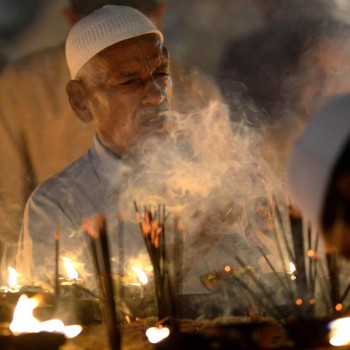
Eid-ul-Azha
Date: 10th day of the Islamic month of Dhul Hijjah
Eid-ul-Azha is a vast religious festival remembering the great sacrifice offered by Prophet Ibrahim. Eid ul Azha is followed for three straight days, the first two of which are public holidays in Pakistan. Festivities begin on the 10th day of the Islamic month of Dhul Hijjah, called “Zilhaj” in Pakistan, which is the last month of the Muslim year. The date varies on the Gregorian calendar and is only officially established by a centralized moon-sighting committee.
Group prayers are offered after sunset, and the sacrifice of goats, sheep, cows, or camels is made, and the meat is distributed among relatives, friends, and the poor.
Attractions / Top Sights
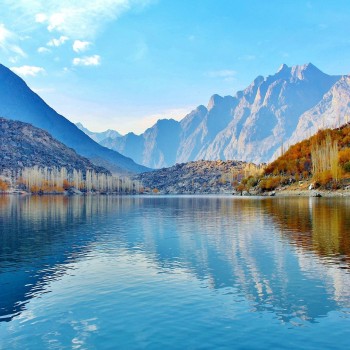
Deosai Plateau
When to visit: June to September
The Deosai Plateau, commonly known as the “land of Giants.” is the second-highest plateau in the world after Chang Tang in Tibet. The plateau is situated in the Astore District of Gilgit-Baltistan. It is renowned for its rich fauna and flora
Deosai National Park is at an average elevation of 4,114 meters above sea level. Deosai Lake, or Sheosar Lake from the Shina language meaning “Blind lake,” is in the park. At an elevation of 4,142 meters, the lake is one of the highest lakes in the world. It is about 2.3 km in length, 1.8 km in width, and the average depth is 40 meters.

Kalam, Swat,
When to visit: Between April and October
When to visit: https://pakistanish.com/kalam-valley-swat/
The most beautiful place in Pakistan is Kalam, Swat, which offers breathtaking scenarios with splendid waterfalls, lush green hills, lakes. This place is one of the popular destinations for tourists, the swat river in Swat valley, located at a 270 km drive from Islamabad with the stunning picturesque location.
One must visit this place while on a Pakistan tour to witness the beauty, which is quite astonishing. It is a most lovely place in Pakistan.
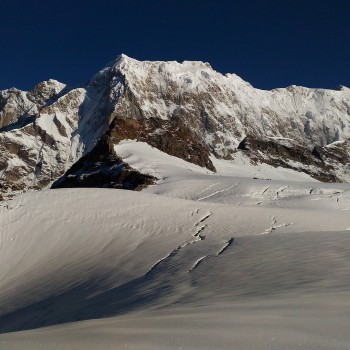
Concordia
When to visit: July to September
When to visit: https://www.summitpost.org/concordia-karakoram-pakistan/535888
The most beautiful place on Earth, Concordia, gives the region’s best place to camp for mountain enthusiasts. Located in the Baltistan region, Concordia is the name for the confluence of the Baltoro Glacier and the Godwin-Austen Glacier in the heart of the Karakoram range. Concordia is home to four of the world’s fourteen ‘eight-thousanders.’ with breathtaking views, it also offers short hikes to several important base camps: K2, Broad Peak, and the Gasherbrum.
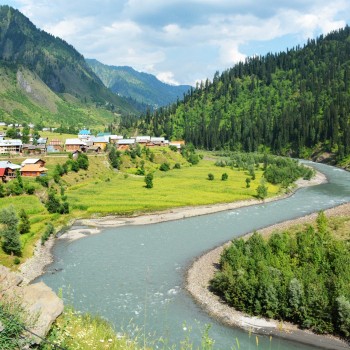
Kel Valley
When to visit: Between March and December
Kel is one of the most stunning and naturally beautiful valleys in the Neelam valley of Azad Kashmir, Pakistan. Located 155 km from Muzaffarabad at an altitude of 6,879 feet, it's a small but charming place in Neelum Valley.
The Counter Nallah joins river Neelum and leads to Gilgit Agency over the Shandur Pass (4420m above sea level). The hilltop area is quite breathtaking and views the verdant green village that looks beautiful and phenomenal. It is a popular tourist attraction and is best to visit in summer.
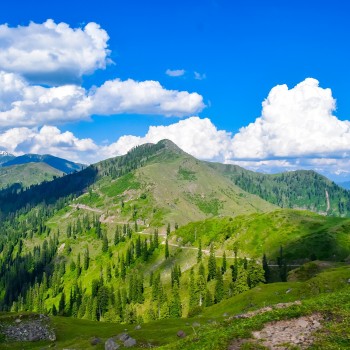
Toli Pir
When to visit: Between April to September
Top 6th amongst the ten breathtaking tourist attractions in Pakistan, renowned for its lush green fields and high mountains covered with pine trees, is Toli Pir, a hilltop area in Rawalakot, Poonch District Azad Kashmir. Its approximate height is about 8800 ft above sea level. It is the highest mountainous location in the northeastern region of Rawalakot.
Also, the point of origin of three different mountain ridges. The area’s natural beauty is at its peak from April to August. It’s the summer destination; the weather is generally pleasant but becomes colder from October through March.
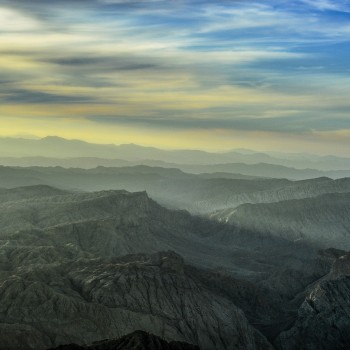
Gorakh Hill
When to visit: June and July
Gorakh Hill is situated at 5,688 ft in the Kirthar Mountains, 94 km northwest of Dadu city, and it is spread over 2,500 acres. Due to its breathtaking surroundings, it fascinates nature lovers. It lies in a unique climatic zone, with temperatures below zero degrees during winter and generally staying below 20 °C even in summer. The Hill Station gets winter snowfall and is the only place in Sindh to have snowfall in winters.
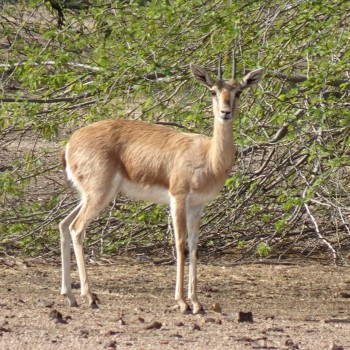
Hingol National Park
When to visit: Between March and December
Hingol National Park is the largest National Park in Pakistan, with about 1,650 km² in area. It was established in 1988. The Park is situated on the Makran coast, about 190 km from Karachi. The Park contains various topographical features and habitats, varying from the arid subtropical forest in the north to arid montane in the west. The extensive areas of the Park are covered with drift sand and can be classified as coastal semi-desert.
The highlight of the Park is the highest located mud volcano in the world. Also, the Park is a home for wild Sindh Ibex, Afghan Urial, and Chinkara Gazelle, and a large number of bird species.















